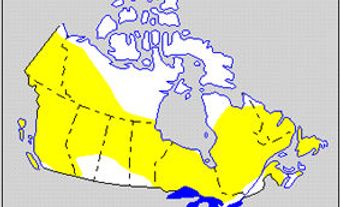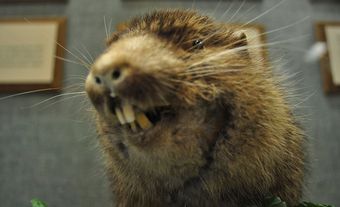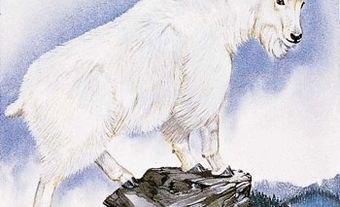The American mink (Mustela vison) is a small, amphibious weasel inhabiting wetlands throughout Canada, excluding the tundra, and abundant on the BC seashore.
Description
Mink are dark brown with some white on the chest and abdomen. Although the feet are not webbed, mink swim and dive well. The fur is dense and lustrous and serves as insulation even in water. Males reach 1.8 kg in weight and 60 cm in length; females weigh less than 1 kg. Mink feed on a variety of fish, invertebrates (especially sea crabs), small mammals and amphibians.
Reproduction and Development
Except along the Pacific coast, they breed Feb-Mar and give birth in late Apr and May. On the coast they breed May-June and give birth in July. The litter size is usually 5 (range 1-10) and young reach adult weight in 4 to 10 months (females and males, respectively). The mink is the most valuable Canadian fur-bearer. In 1993-94 almost 34 000 mink were trapped and over 788 000 were produced on fur farms.
See also Fur Farming; Fur Trapping.

 Share on Facebook
Share on Facebook Share on X
Share on X Share by Email
Share by Email Share on Google Classroom
Share on Google Classroom






